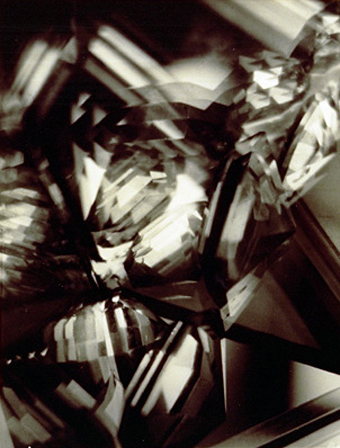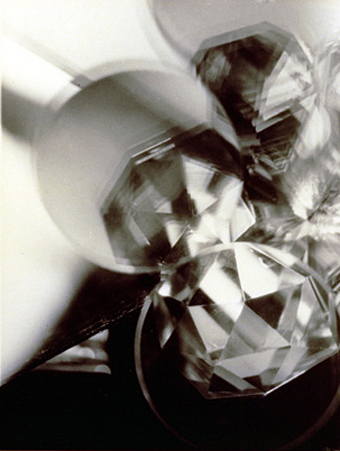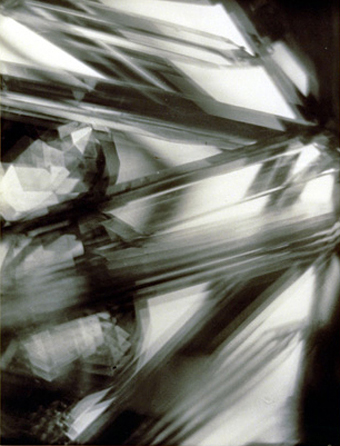
Reading this article by Richard Shone about the Vorticists, I was struck by passing mention of Alvin Langdon Coburn’s “Vortographs”. Coburn was an American photographer whose most commonly reproduced works are his portraits, some of which included leading members of the Vorticist circle such as Wyndham Lewis and Ezra Pound, and a number of pictorial early works. The Vortographs date from 1917, and were an attempt to produce photographs that fragmented the world in a manner similar to Vorticist painting, a process that necessitated the creation of a kaleidoscope-like “Vortoscope”. Seventeen of the results may be seen at the George Eastman collection. After a century of pictorial excess these don’t look so radical today but they’re some of the earliest examples of deliberately abstract photography, and to the world of 1917 they would have been even more shocking than the paintings they were hung beside.


Previously on { feuilleton }
• Blast
• Wyndham Lewis: Portraits
• The Door in the Wall


